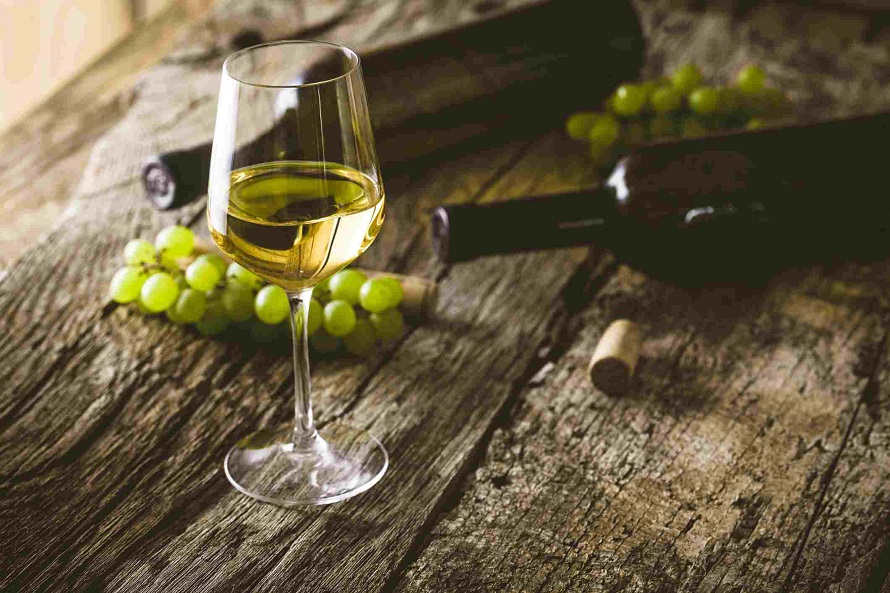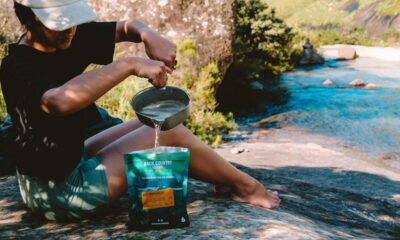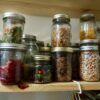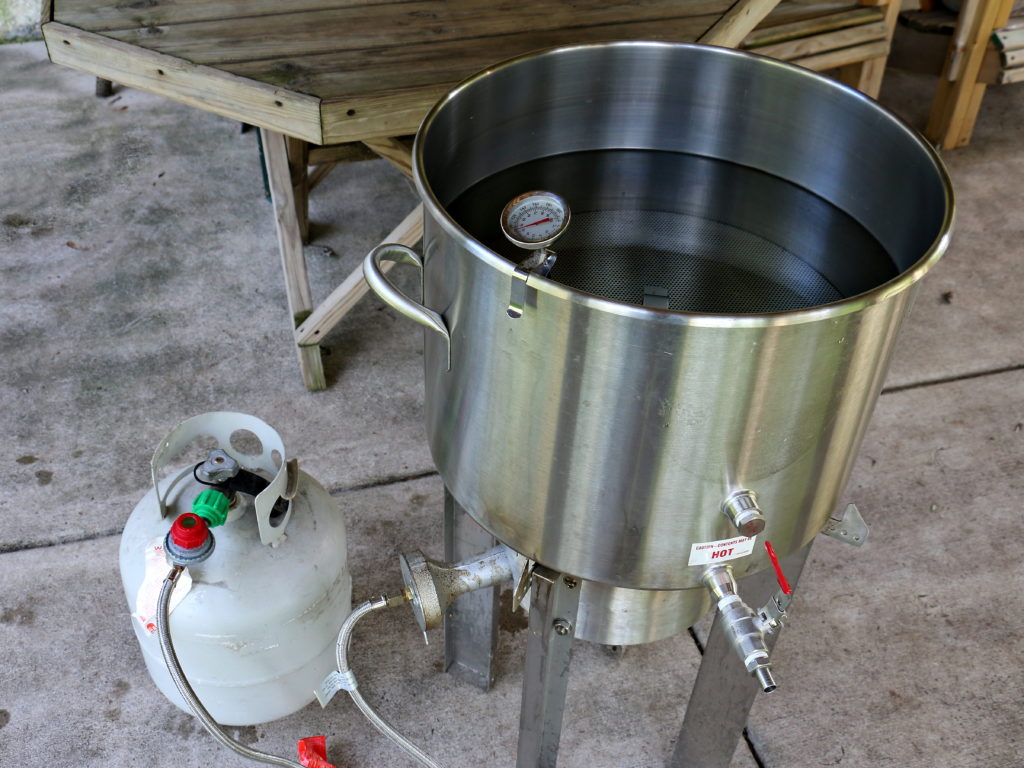Food & Drink
Tasting Your Way Through Australian White Wines
We all know that Australia has the best Shiraz in the world. We also have an amazing variety of red wines. But did you know that some of the best white wines also come from Australia? Some parts of the land are perfectly suited for growing these vines. If you’re a wine enthusiast, it’s time to try the amazing Australian whites.
Riesling
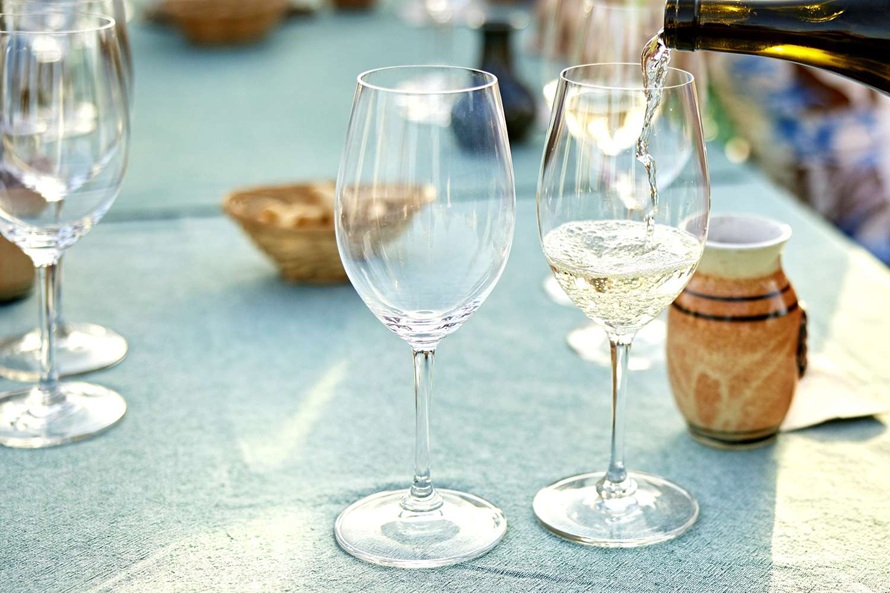
source: tripadvisor.com
This is one of the white wine varieties that has a strong reputation in Australia. It’s one of the most versatile wines, but it’s also on the pricier side. It’s often recognisable for its floral aromatics, bright acidity and a citrus-driven palate. The flavourful and unique Riesling wines are greatly celebrated because of their purity and the way they age with time.
Young Rieslings often burst with notes of lime, green apple, and lemon zest, while aged examples develop complex characters of toast, honey, and petrol, a hallmark of quality Riesling worldwide. The grape was first brought in the 19th century by German settlers. They recognised the growing potential in the cooler parts of Australia.
The most popular growing region is the Clare Valley in the southern parts where there’s high elevation and cooler nights. This is what preserves the grape’s acidity and enhances the intensity of its aroma. The nearby Eden Valley also produces exceptional Riesling, typically a little more delicate and floral.
Further south, Great Southern in Western Australia has gained attention for its crisp, mineral-driven expressions, while Tasmania’s cool climate is proving increasingly suitable for growing this variety as well. Food-wise, Riesling is a natural partner to a wide range of dishes. Its acidity makes it excellent with seafood, particularly oysters, prawns, and grilled fish.
Off-dry or slightly sweet styles are ideal for balancing spicy Asian cuisines like Thai or Vietnamese, where the wine’s freshness cuts through heat and rich flavours. Riesling is also great when you pair it with vegetarian dishes, soft cheeses, or even roast pork and poultry when aged.
One of the things that makes Australian Riesling wines so interesting is how well they reflects where they’re grown. Wines from different regions can have their own unique personality. That’s a big part of the appeal for wine lovers who enjoy those little differences in flavour and structure. Whether you prefer it young and fresh or aged with more depth and complexity, Riesling in Australia has earned its place as one of the country’s standout white wines.
Sauvignon Blanc
Sauvignon Blanc first made its appearance in the Loire Valley of France back in the 16th century. While people assume it originated in Bordeaux, the Loire is actually its true home. Fast forward to today, and it’s become one of Australia’s favourite white wines. Fresh, fruity, and full of character. It’s like a chameleon, it changes depending on where it’s grown.
You’ll find it growing in wine regions right across the country, from the warmer inland areas to cooler spots like the Adelaide Hills and Tasmania. In Margaret River, it’s often blended with Semillon for an extra layer of depth. According to research, around one in every eight bottles of wine sold at supermarkets is an Australian Sauvignon Blanc, which says a lot about its popularity.
What makes it so appealing is its bright aromas and vivid, fruity flavours. Depending on the style, it can carry tropical, citrusy, herbal, or even mineral notes. It’s usually crisp and refreshing, but when aged in oak barrels, it can take on a richer, more textured feel that really lingers on the palate.
Food-wise, it pairs beautifully with dishes that feature herbs, tangy, or briny flavours. It’s a classic match for goat cheese and works well with seafood like oysters and shellfish. It’s also good for citrusy salads and chicken dishes with salty sauces. Serve it chilled, around 8 to 10 degrees Celsius. And if you’re planning to store a bottle or two for later, keep it in a dark, dry, and cool place to preserve its freshness.
Chardonnay
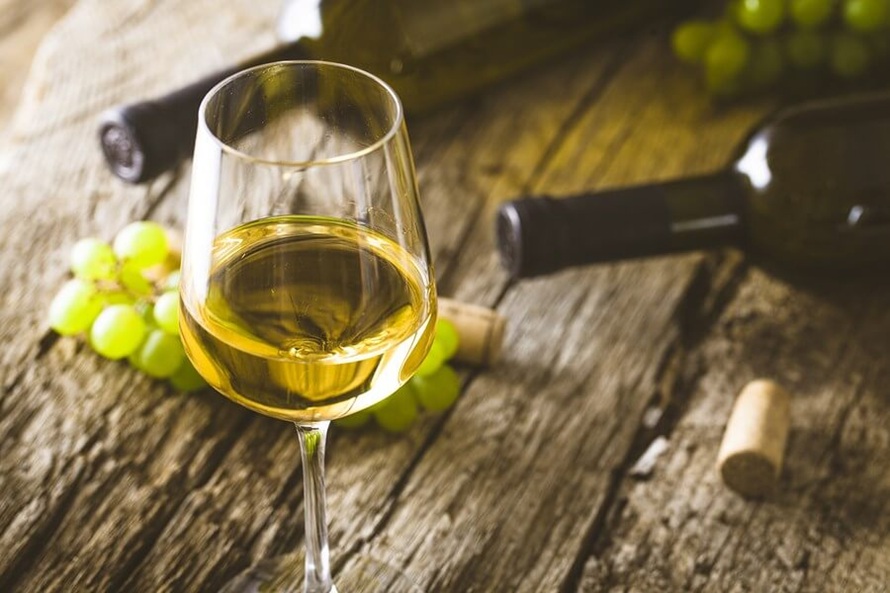
source: secondbottle.co
Just like the Riesling white wine, Chardonnay is one of those white wines that can surprise you every time. It originally comes from the Burgundy region in France, but these days you’ll find it growing just about everywhere, including Australia. In fact, Australia is the third-largest grower of Chardonnay in the world, just behind the US and France. That’s a pretty big deal, especially considering how many styles this grape can take on.
Chardonnay is so popular because it can quickly adapt to different climates. For example, Tasmania and parts of Victoria are cooler and you get wine that’s crisp, light and elegant. It also has higher acidity and zesty citrus notes. In warmer climates like the Riverland and parts of New South Wales, Chardonnay is much richer and fuller. It has tropical vibes.
There are winemakers that use oak barrels to make the wine creamier and butterier. When it comes to food, Chardonnay is super flexible. The lighter styles are great with seafood like oysters or grilled fish, while the fuller-bodied ones are a dream with creamy pastas, roast chicken, or even something like fish and chips. Soft cheeses also pair nicely.
If you’re serving it at home, aim for around 11 to 12 degrees Celsius. Too cold and you’ll miss some of the flavour, too warm and it might feel a bit flat. And honestly, the best way to find your favourite style is to try a few from different regions, different producers, and with different foods. Chardonnay has range, and that’s what makes it so fun to explore.
Pinot Grigio
Pinot Grigio hails from northeastern Italy and made its way to Australia in 1832. It’s a dry, early-picked grape with a clean, crisp flavour that’s really taken off in the past decade. Grown across Australia, it offers bright notes of lemon, lime, apple, pear and sometimes even a touch of honey, depending on where it’s made.
This is a wine with light acidity and a refreshing finish. With these characteristics, it’s a great choice for warmer days and nice, casual meals. You can pair it with seafood such as mussels, cod or snapper. It works with spicy dishes as well. Just steer clear of soft cheeses or overly processed foods to let the wine shine.



